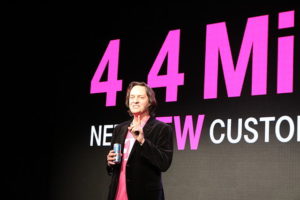Although its exact location has not yet been announced, Ericsson confirmed that it is going to build its first smart factory in the USA soon. The factory will be fully automated and will build advanced antenna system radios as well as 5G radios. The products are both essential components for the insertion of 5G networks into North America.
The new factory is an additional component of the company’s global supply chain. Already working closely with its customers in Europe, Asia and America, Ericsson is continuing to insure they meet their customers’ needs.
Vice President and Head of Networks for Ericsson, Fredrik Jejdling, said;
“We continue to focus on working closely with our customers and supporting them in the buildout of 5G globally and in North America. In addition, we are digitalizing our entire global production landscape, including establishing this factory in the US. With 5G connectivity we’re accelerating Industry 4.0, enabling automated factories for the future.”
The company says that they want to open the new factory by the beginning of 2020. Their vision is that the new smart factory will be powered by Ericsson 5G solutions which are built specifically for industry. The operation will help to promote sustainability, including the goal of receiving LEED Gold Certification.
In the early stages the new factory will employ about 100 human workers working in tandem with the automation. The company already has a new R&D facility and software development center in Austin, Texas, which is already near the Austin ASIC Design Center. The Center opened at the end of 2017 and builds core microelectronics for 5G radio base stations.
